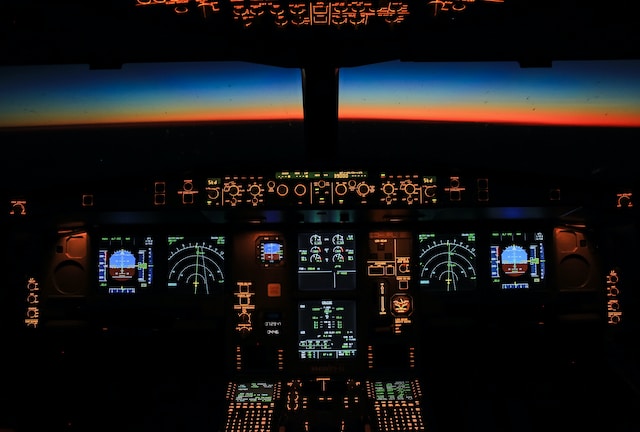Before a plane takes to the skies, there are several essential tests that pilots must perform to ensure the safety and reliability of the aircraft. These tests are critical to ensure everything is in working order and the flight will proceed smoothly. Fortunately, in this article, you will get the opportunity to delve into a simple and clear explanation of each of the five crucial tests that pilots must conduct before taking off. So, if you are ready to learn deeper, read further!
Pre-Flight Inspection
The pre-flight inspection is the cornerstone of aviation safety. Before every flight, pilots conduct a thorough walk-around of the aircraft. During this visual examination, they meticulously inspect the plane’s exterior, paying close attention to critical components like the wings, tail, landing gear, and engine nacelles. They check whether there are any damages or loose parts. Even the smallest anomaly, such as a loose bolt or a dent in the fuselage, can raise concerns. Pilots also check for any fuel leaks to avoid any fire hazards. Tire conditions are also scrutinized, as a blowout during takeoff could be catastrophic. In essence, the pre-flight inspection ensures that the aircraft is in optimal condition ready to handle the stresses of flight.
Flight Control Systems Check
The second crucial test, the Flight Control Systems Check, involves verifying the responsiveness of the aircraft’s control surfaces, including the ailerons, elevators, and rudders. Pilots confirm that these control surfaces respond correctly to their inputs. For example, they ensure that when they move the control yoke or stick to the left, the aircraft rolls to the left, and when they push forward, the nose of the aircraft pitches down. The responsiveness of these control surfaces lets the pilots steer the plane during flights. This is where advanced avionics testing equipment like the CCX Technologies T-RX RP+ Avionics Radio & Pulse Tester can be pivotal in ensuring precision and reliability.
Instrument Calibration
The third essential test is instrument calibration. Pilots in the cockpit rely on different meters to navigate, maintain altitude, and monitor airspeed. These instruments must provide accurate and reliable information for safe flight. To ensure this, pilots test instruments like the altimeter, airspeed indicator, and navigation equipment. They also cross-check readings from multiple instruments to ensure consistency. An incorrectly calibrated instrument could lead to errors in altitude, airspeed, or heading, potentially compromising the safety of the flight.
Engine and System Checks
Engine and system checks are another critical step in the pre-flight routine. Pilots assess the performance of the aircraft’s engines, starting with engine start-up. They ensure the engine is not making any abnormal sounds when they start it. Once the engines run, pilots check for proper power output, ensuring that the engines deliver the required thrust for takeoff and climb. Simultaneously, pilots monitor a range of systems, including the electrical system, hydraulics, and fuel systems. These checks are essential to detect and address any potential issues that could lead to engine failures or system malfunctions during flight. Addressing these problems on the ground is always preferable to dealing with them in the air.
Weight and Balance Calculation
The fifth and final crucial test is the weight and balance calculation. This test is all about ensuring that the aircraft is loaded correctly and balanced to maintain stability during all phases of the flight. Pilots calculate the aircraft’s total weight, considering passengers, cargo, and fuel. They then assess the distribution of this weight to ensure it falls within safe limits. An aircraft that is too nose-heavy or tail-heavy could have difficulty maintaining level flight and proper control. Weight and balance calculations are crucial for safe takeoff, climbing, and landing, as they directly influence the aircraft’s handling characteristics.
Conclusion
In conclusion, these five crucial tests form the foundation of aviation safety, ensuring that an aircraft is in optimal condition and ready for a smooth takeoff. Pilots’ dedication to meticulous pre-flight checks demonstrates their commitment to the safety of everyone on board. Understanding the intricacies of these tests can help passengers appreciate the level of professionalism and attention to detail that goes into every flight.
